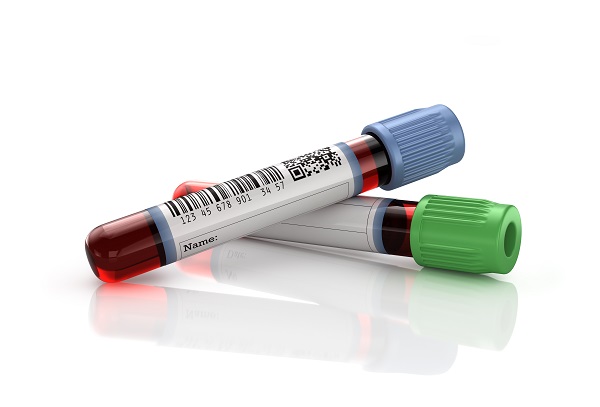What you need to know
By Dan Beriault and Adina Weinerman
Canadians have become much more aware of health care supply chain issues during the COVID-19 pandemic. In spring 2020, personal protective equipment (PPE) like masks and gloves were scarce due to skyrocketing demand. While those have become steadily more plentiful, supply chain issues still plague our health care system.
After nearly two years of the pandemic, our hospitals are now struggling with a severe shortage of laboratory supplies including vital tubes, syringes, and collection needles. These shortages are so severe, some hospitals in Canada have had to advise staff to restrict blood work for urgent cases only in order to conserve supply.
A lack of essential supplies is adding mounting pressures to an already stretched health care system.
While health care providers and patients shouldn’t be responsible for addressing global supply chain issues, there are changes we can make to ensure resources are used appropriately, both to get us through this global shortage, but also so that we don’t waste important health resources unnecessarily.
Laboratory testing is the single highest volume medical activity in Canada and is time and staff intensive. In fact, recent data suggests the average Canadian receives 14-20 laboratory tests per year. While laboratory findings provide important diagnostic insights, not all of these tests are needed. Low-value testing occurs when a test is ordered for the wrong reason (known as a “clinical indication”) or at the wrong time. These tests can lead to a result that shows something is present when it really is not there (also known as “false positives”), leading to additional unnecessary follow-ups.
Recent COVID-19 PCR testing backlogs during the height of Omicron have increased public awareness about the integral role laboratories play in a functioning health care system.
As health care providers involved in raising awareness about low-value laboratory testing, we want Canadians to know unnecessary laboratory testing has been a problem for a long time.
In hospitals, daily laboratory blood draws are common yet are often unnecessary. This may be seen in situations where the test results come back normal for many days in a row, yet the automatic test ordering continues. Some studies have shown that repetitive blood draws for hospitalized patients may be avoidable up to 60 per cent of the time.
One blood draw per day can add up to removing the equivalent of half a unit of blood per week. This means between 20-30 blood tubes are wasted, and more importantly, multiple blood draws can be harmful to patients and lead to hospital-acquired anemia. During times of critical supply shortages, like we are experiencing now, doing unnecessary laboratory blood draws can severely impact the ability to do necessary blood draws for patients.
To help guide health care professionals during the global tube shortage, the Canadian Society of Clinical Chemists and the Canadian Association of Medical Biochemists have assembled two sets of recommendations to preserve supplies for testing where they are needed most. These recommendations are based on existing best practices for health practitioners in primary care and hospitals ordering laboratory testing.
Being mindful of resources will help us through the global shortage of supplies. But reducing low-value testing should be a priority beyond shortages. By reducing unnecessary tests, it means fewer needle pokes for our loved ones. It means less risk or potential harm to patients. And it means we protect laboratory resources to be available when needed most.
Dr. Dan Beriault, PhD, FCACB is the Head of Biochemistry at Unity Health Toronto and Dr. Adina Weinerman, MHSc, MD is a General Internist at Sunnybrook Health Sciences Centre.




